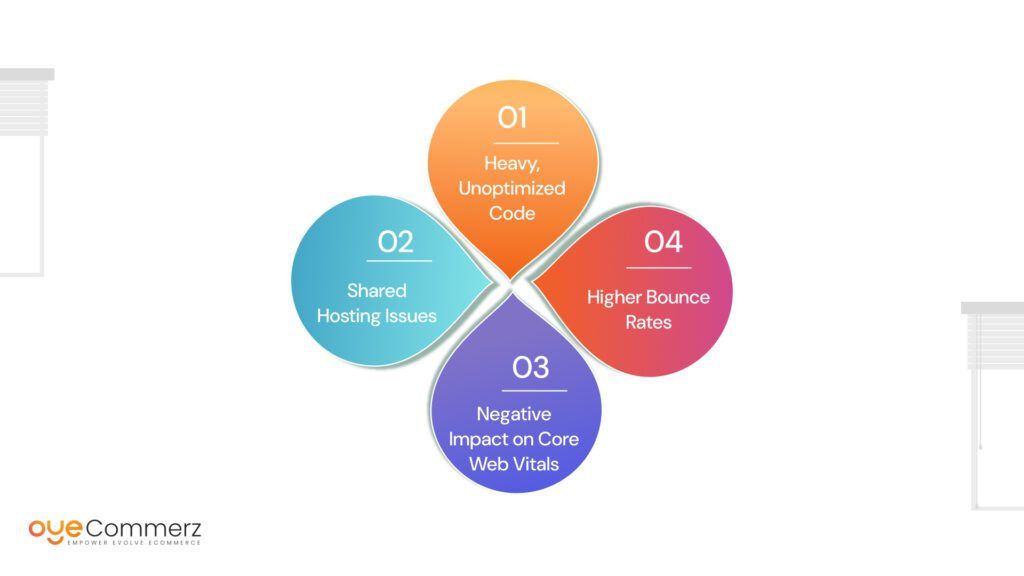In today's online environment, choosing the appropriate e-commerce solution is essential for business success. If you are presently using Wix but are considering a switch to Shopify, you're not alone. Many businesses are migrating to Shopify to take advantage of its powerful capabilities, scalability, and dedicated e-commerce tools. This guide will walk you through the migration process, ensuring a smooth transition and setting you up for e-commerce achievement.
Why Switch from Wix to Shopify?
Before diving into the transition process, it's important to understand why Shopify might be a superior choice for your e-commerce requirements:
- E-commerce Focus: Unlike Wix, which caters to multiple use cases, Shopify is engineered exclusively for e-commerce, offering sophisticated features and functionalities optimized for digital commerce.
- Scalability: As your business grows, Shopify can seamlessly handle higher visitor volumes and transactions capacity without sacrificing efficiency.
- Wide-ranging App Library: Shopify provides a large collection of apps that can boost your store's capabilities, from advertising solutions to stock control options.
- Search Engine Optimization: Shopify offers superior SEO options, which can help improving your store’s visibility on search engines.
- Payment Options: With numerous payment gateways supported, including Shopify Payments, you can provide shoppers a wide range of options.
Preparing for Migration
To ensure a smooth migration from Wix to Shopify, adhere to these preparation steps:
1. Backup Your Data
Export all your information from Wix, including item information, user data, and order history. This step is crucial as it guarantees you have a backup of all data before starting the migration.
2. Choose Your Shopify Plan
Assess the various Shopify subscriptions available and select one that best suits your company’s requirements. Take into account factors such as transaction fees, features included, and scalability options.
3. Set Up Your Shopify Account
Register your Shopify profile and familiarize yourself with the platform’s dashboard and tools.
The Transition Process
Now that you're prepared, it’s time to transfer your store from Wix to Shopify. Here’s how:
1. Transfer Items
Use Shopify's integrated migration utility or third-party migration apps like Cart2Cart or LitExtension to move your products from Wix to Shopify.
Ensure that item details, images, costs, and options are accurately imported.
2. Migrate Client Information
Import customer information such as user names and email addresses into your new Shopify store. This step is vital for maintaining customer relationships and marketing efforts.
3. Configure Transactions
Configure payment gateways in your Shopify store to ensure seamless payments. You can choose from multiple options like debit methods, copyright, and more.
4. Customize Your Store Design
Select a theme that aligns with your How to select the best Shopify plan for your business business image. Customize it using Shopify's customization options to create an attractive and intuitive shopping experience.
5. SEO Optimization
Apply SEO best practices during the migration process:
- Configure 301 redirects from old Wix URLs to new Shopify URLs.
- Enhance product titles, details, and images with targeted keywords.
- Modify meta tags and alt texts for better search engine visibility.
After Migration Steps
Once your store is live on Shopify, follow these post-migration steps:
1. Check Your Website
Conduct comprehensive testing of your new store:
- Check item listings for accuracy.
- Verify payment processes.
- Make sure all links work correctly.
2. Promote Your Store
Announce your new store launch through email newsletters and social platforms. Shopify plan
Consider offering promotions or sales to attract shoppers.
3. Monitor Performance
Leverage analytics tools within Shopify to track revenue growth and customer behavior.
Adjust your strategies based on performance analytics.
Conclusion
Migrating from Wix to Shopify can significantly improve your e-commerce capabilities and lay the foundation for growth and achievement. By following this manual and taking a systematic approach to the migration process, you can guarantee a smooth transition that reduces downtime and maximizes opportunities for sales. Welcome the change and watch your online business thrive on its new platform!
